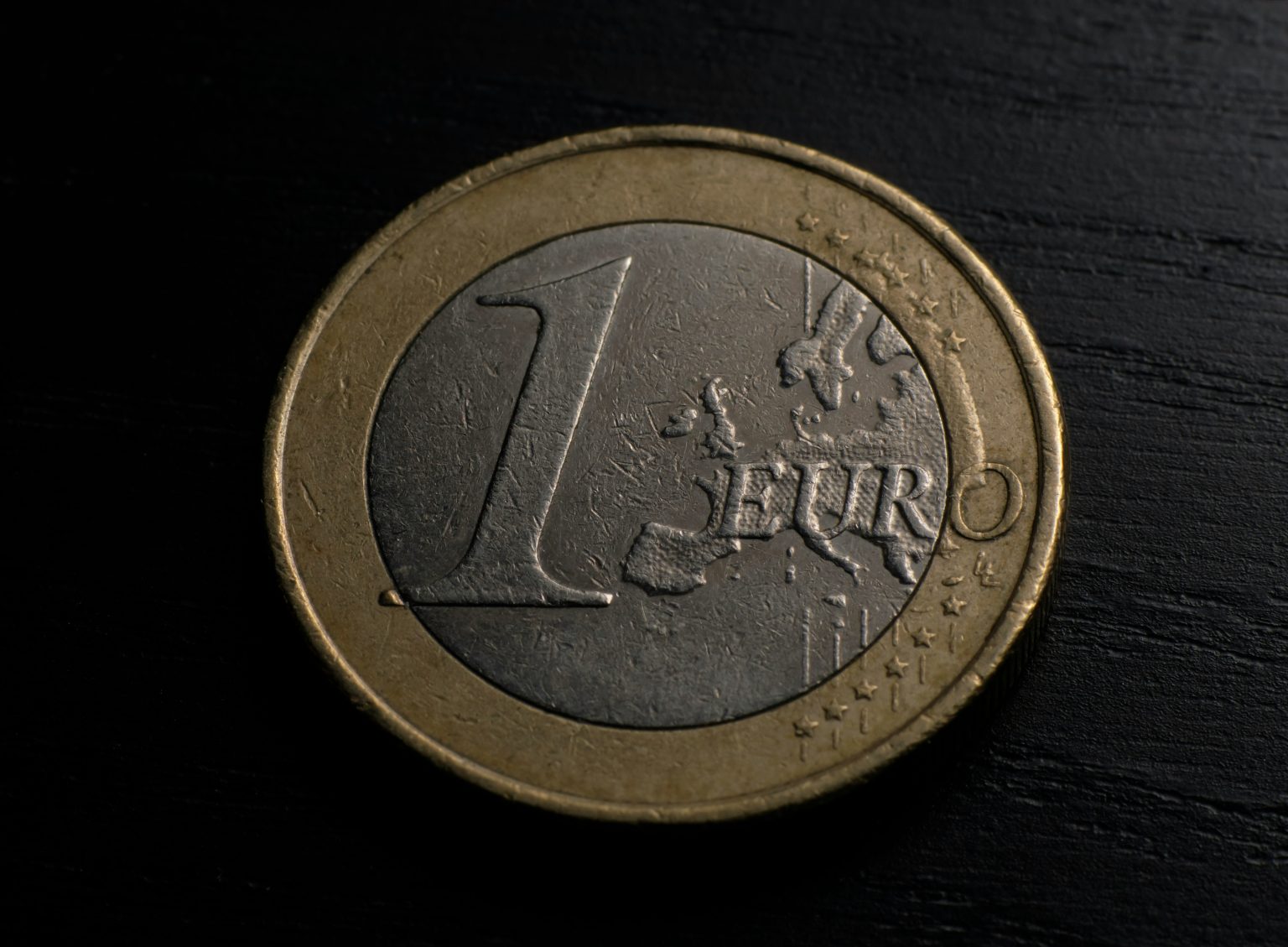The euro-dollar exchange rate has always served as a barometer of global financial sentiment. As of mid-2025, it remains one of the most closely watched indicators by investors, central banks, and policymakers alike. But what drives its movements, and why do they matter?
A Relationship Defined by Tension and Balance
The relationship between the euro and the dollar is far from static. It is shaped by a complex interplay of macroeconomic trends, interest rate policies, geopolitical shifts, and speculative behaviors. At its core, the value of one currency against the other reflects the relative strength—or perceived weakness—of the underlying economies of the United States and the eurozone.
This tension is not just theoretical. When the dollar weakens, for example, the price of European exports becomes more competitive on the global market. Conversely, when the euro gains too much ground, it may hinder the export-heavy economies of countries like Germany and the Netherlands, raising concerns within the European Central Bank. Fluctuations in this pair do not happen in a vacuum—they reverberate across commodity markets, trade flows, and investor portfolios.
Interest Rates, Inflation, and Central Bank Strategies
One of the primary drivers of euro-dollar volatility in recent years has been the diverging approach of central banks. The Federal Reserve and the European Central Bank may be tasked with similar mandates—managing inflation, maintaining price stability, and supporting growth—but their timelines and risk assessments often diverge.
When the Fed raises rates aggressively, the dollar tends to appreciate, as investors seek higher yields on U.S. assets. Conversely, dovish stances from the ECB may weaken the euro, particularly if European inflation data falls short of expectations. But in today’s environment, where both regions face slowing growth, fragile energy markets, and rising political risk, predicting monetary policy has become more difficult than ever.
In this context, traders and analysts are increasingly looking beyond traditional indicators. The language used by central bankers, the tone of press conferences, and even subtle changes in inflation targets can move the euro-dollar pair within minutes, underlining how much psychology now plays into price action.
Geopolitical Stress and Safe-Haven Dynamics
Outside the world of spreadsheets and policy statements, real-world events continue to cast long shadows over currency markets. Wars, trade disputes, and institutional instability in major regions—whether in Eastern Europe, the Middle East, or the Pacific—can all shift demand between the euro and the dollar.
Historically, the dollar has served as the planet’s preferred safe-haven currency during periods of global uncertainty. But this dominance is no longer absolute. In recent years, concerns over U.S. fiscal policy, political polarization, and the weaponization of the dollar in sanctions have slightly eroded its automatic appeal. At the same time, the euro—though institutionally complex and sometimes fragile—has gained traction as an alternative reserve asset, particularly for countries seeking diversification.
The result is a tug-of-war where neither side holds all the cards. Any flare-up in global risk can send capital flowing rapidly across the Atlantic, with algorithms and institutional traders acting in milliseconds to reposition ahead of perceived shifts.
Outlook for the Second Half of 2025
As the second half of the year begins, market participants remain divided on where the euro-dollar exchange rate is headed. Much depends on how inflation evolves in both regions, how aggressively central banks act or retreat, and whether geopolitical tensions escalate or cool down.
The key challenge for policymakers will be to manage these competing forces without allowing currency volatility to derail recovery. For traders, meanwhile, this very volatility offers an array of tactical opportunities: short-term price swings, reactionary movements to macro data, and sentiment-driven trends provide fertile ground for active positioning.
In this high-stakes currency dance, the euro and dollar do more than reflect monetary policy—they embody the economic mood of two continents. Their fluctuations are not merely technical: they tell a story of competition, adaptation, and the perpetual negotiation between old power centers in a changing financial world.
Forex Trading Tips for Beginners
Forex trading for beginners can feel overwhelming at first, but with the right mindset and preparation, beginners can navigate the markets more confidently. The first essential step is education: take the time to understand how currency pairs work, what affects exchange rates, and how to interpret basic economic indicators. Before risking real money, use demo accounts to practice and build familiarity with your trading platform.
Discipline is key. Start with a clear strategy and stick to it—avoid chasing losses or trading impulsively on emotion. Risk management should be at the core of every decision. Set stop-loss and take-profit levels to protect your capital, and never risk more than a small percentage of your account on a single trade.
Focus on one or two major currency pairs when starting out. These pairs typically have higher liquidity and tighter spreads, making them more manageable for newcomers. Keep a trading journal to track your progress, learn from mistakes, and refine your approach.
Finally, be patient. Forex success doesn’t happen overnight. View trading as a skill that improves with experience and ongoing learning. Consistency, not quick profits, is what separates beginners from long-term winners in the forex market.



